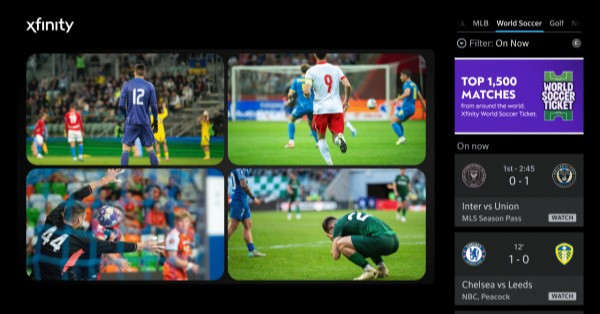Ericsson ConsumerLab’s Global 5G Research
Ericsson ConsumerLab has spearheaded a comprehensive research project spanning 28 global 5G markets to unearth pivotal trends and insights into 5G value and user experiences. Engaging with 37,000 consumers, including 10,000 active 5G users, through online interviews, the research delves into the evolving dynamics of consumer engagement with 5G technology, providing communication service providers with invaluable insights into 5G network satisfaction and user retention.
Consumer Expectations and Satisfaction with 5G
Evolving Drivers of 5G Network Satisfaction
5G has witnessed a promising 10% YoY increase in user satisfaction across surveyed markets in 2023, signaling a positive alignment with user expectations. However, a nuanced look reveals that satisfaction tends to dwindle among users with over a year of 5G usage, particularly in advanced markets like the US, Qatar, UAE, South Korea, China, and Taiwan. The research underscores a shift in satisfaction drivers from coverage to app experience, with video streaming experience being 20% more vital for experienced 5G users compared to newcomers.
The Impact of 5G on Video Streaming and AR Usage
Enhanced Video Formats and AR Adoption Among 5G Users
5G users are not only consuming two to three times more data than their 4G counterparts but are also exhibiting a growing appetite for advanced video formats and AR applications. The research indicates a rise from 44% to 52% in daily users streaming high-definition 4K videos over the last three years. Furthermore, 5G users have reported a 47% increase in time spent on enhanced video formats, while the share of daily AR app users has doubled since the end of 2020.
5G Performance and Consumer Loyalty
The Influence of 5G Network Performance on Provider Switching
Since 5G’s inception across the studied markets, 17% of users have opted to switch providers, predominantly driven by network-related considerations. The research underscores the criticality of 5G performance in shaping consumer loyalty, with poor 5G performance in key locations, such as event venues and airports, making users three times more likely to switch providers in the subsequent six months. Thus, ensuring robust performance and indoor coverage in these pivotal locations becomes paramount.
Consumer Willingness to Pay Premium for Enhanced 5G Connectivity
Exploring Monetization Models and Quality of Service Offerings
Service providers are exploring various monetization models, including increased data allowances, speed-tiered plans, bundled content-rich apps, and quality of service (QoS) offerings. An analysis of 5G plans across 105 service providers in 30 markets reveals that about 13% have begun implementing QoS-based offerings. Examples include 5G Stock Pro from 3 Hong Kong, which prioritizes network usage for a stock trading application, and China Unicom’s Super Live Streaming package with uplink prioritization. On average, smartphone users are willing to pay an 11% premium for such QoS-led offerings.
Conclusion
Turning 5G Performance into Consumer Loyalty
The four key trends unearthed by Ericsson ConsumerLab’s research provide a roadmap for communication service providers to navigate the evolving 5G landscape, ensuring user retention and satisfaction. By understanding and addressing the shifting drivers of 5G network satisfaction, embracing the rising popularity of enhanced video formats and AR, ensuring optimal 5G performance in key locations, and exploring innovative monetization models, service providers can effectively turn 5G performance into consumer loyalty.
Link to Download the Ericsson report:
Download the Ericsson Report for Comprehensive Insights into 5G Consumer Trends and Values































